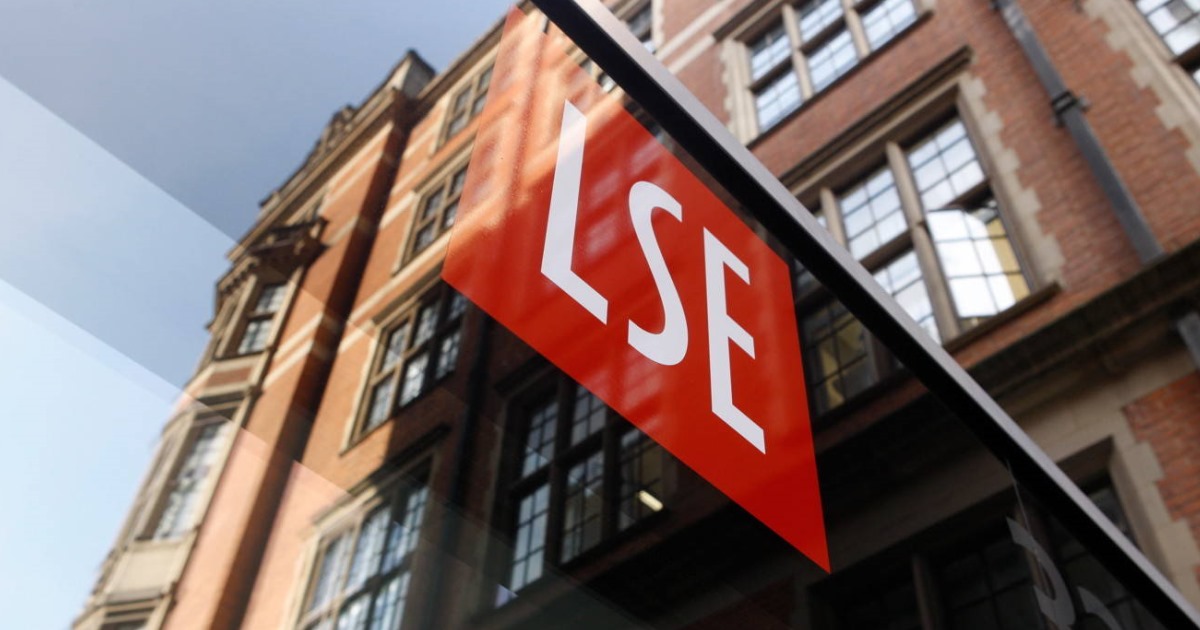Key Points
- For over a century, Loong, Sun Loong, and Dai Gum Loong have collectively played a vital role in Bendigo’s annual Easter Festival.
- Initially attracted by the gold rush of the mid 19th century, the Chinese community has been taking part in the parades and fundraising since 1879.
- Handmade in Guangdong and Hong Kong, the three dragons are displayed in Bendigo’s Golden Dragon Museum.
As Bendigo’s parade dragon from 1970 to 2019, Sun Loong was restored before it was put on permanent display in the town’s Golden Dragon Museum in 2019.
A century of dragons in Bendigo
According to the museum, Sun Loong requires 57 carriers and measures approximately 100 metres in length. It features 40,000 beads and 90,000 mirrors and its head weighs 20.5kg.
Sun Loong was Bendigo’s parade dragon from 1970 until 2019. Source: Supplied / bendigo.vic.gov.au
The predecessor, Loong, also on display in the museum, was paraded from 1901 to 1970 and holds the distinction of being the world’s oldest intact processional dragon.

Loong was paraded from 1901 to 1970 and holds the distinction of being the oldest intact processional dragon in the world. Source: SBS / Helen Chen
Throughout his parading career, Loong made several significant appearances outside of Bendigo, most notably at the May 1901 procession in Melbourne to welcome the Duke and Duchess of York, who was in the country to open the first Australian parliament.
Loong requires 22 carriers and is about 29 metres long.

The May 1901 parade which represented Loong’s first outing. Credit: Golden Dragon Museum
Following Sun Loong’s retirement, the primary processional dragon is now Dai Gum Loong, recognised as the world’s longest imperial dragon, measuring an impressive 125 metres long.

Dai Gum Loong and Sun Loong in the Golden Dragon Museum. Source: SBS / Helen Chen
For over a century, these dragons have been integral to Bendigo’s annual Easter Fair which also raises money for charity.
The Chinese community has been engaged in these efforts since 1879.

Inside the Golden Dragon Museum. Source: SBS / Helen Chen
Museum research officer, Leigh McKinnon, said that more than 5000 Chinese people, largely from the Guangdong Sze Yup region, had lived in Bendigo during the 19th century, mostly attracted by the discovery of gold in the area in 1851.
However, due to the “discriminatory” White Australian Policy, some Chinese had only resided in Bendigo for a few years before moving on, he said.

Leigh McKinnon, research officer at the Golden Dragon Museum. Source: SBS / Helen Chen
“It (the population) gradually decreased to perhaps 1000 or so by the end of the 19th century. And then it (was) perhaps only a few hundred by the middle of the 20th century,” he said.
“I’m third generation while there are also fourth, fifth, and sixth generation members … and in the last Census, there were about 1500 or 1600 people claiming to have Chinese ancestry (in the town). (However) We believe there’s probably twice that number,” he said.

Doug Lougoon, President of the Bendigo Chinese Association. Source: SBS / Helen Chen
He said donating to charities remained “a vital part of the ethos” of the Bendigo Chinese Association, founded in 1915.
“I got involved with the Bendigo Chinese Association, which was probably the best day’s work I’ve ever done in my life.”

Russell Jack AM, 89, has been a supporter of the Bendigo Chinese Association for most of his life. Source: SBS / Helen Chen
He actively participated in the Easter parade and at times, carried the head of Loong in relay throughout the procession.
Over the years, he has taken on various responsibilities, serving as Treasurer before assuming the position of President in 1980.
“At one stage of the game, there were only two people (at functions) – my wife and myself,” Jack said.

Bendigo’s Golden Dragon Museum opened its doors in 1991. Source: SBS / Helen Chen
The Golden Dragon Museum, which officially opened in 1991, stands as a testament to the couple’s fundraising and dedication, pursuing the goal of preserving and showcasing a collection of dragons and the history of the local Chinese community.
Chinese culture is woven into the heart of Bendigo
“I feel that Chinese culture has integrated with Bendigo culture,” she said.
When we promote Chinese culture, it’s not to highlight our differences with others. What we are promoting is the integration and harmony of everyone.
Jess Hu

New immigrant Jess Hu from Beijing, China. Source: SBS / Helen Chen
Tan See Tuang, who came from Malaysia to study in Bendigo over half a century ago, expressed his deep connection to the community.
“Our Bendigo Chinese community has a history of fundraising for charity for more than 150 years. Around the world, there is nowhere else like Bendigo. Bendigo is my home,” Tan said.

Chinese immigrant Tan See Tuang from Malaysia. Source: SBS / Helen Chen











